Keto Diet Quick Start Guide Explained
Ketogenic diet has gained much popularity in recent times. People who are new to this diet or might have thought of starting this, would need some guidance to pursue it correctly. This keto diet quick start guide would help them to know and understand the importance and functionality of this diet. So to understand this lets check out this article further.
- Keto Diet Quick Start Guide Explained
- What Is A Ketogenic Diet Or Keto Diet?
- What Is Ketosis?
- How Does A Ketogenic Diet Work
- Ketogenic Diet Macros Ratio
- Losing Weight With Ketogenic Diet
- How Many Calorie on Keto Diet?
- Fat On Keto Diet
- Protein For Ketogenic Diet
- Ketogenic Diet And Blood Pressure
- Keto Diet For Type 2 Diabetics
- Keto Diet 7 Days Meal Plan For Weight Loss
- Food To Avoid On Ketogenic Diet
- Side Effects Of The Keto Diet
- Pros And Cons Of A Keto Diet
- Conclusion:
What Is A Ketogenic Diet Or Keto Diet?
Ketogenic diet is a low carb diet which shares many similarities with the popular diets Atkins or Paleo. These two diets gained much popularity during the 1970s as the low carb diet plan. The focus of these two diets was consumption of high protein and fat and less carbohydrates. However, the keto diet is also a very low carb diet but it’s a very high fat and moderate protein diet.
Earlier the Keto diet was commonly used to help control diabetes. Many researches have shown that the diet can also help in many other diseases, such as; Epilepsy, Cancer, Polycystic ovary syndrome, Brain injuries and Alzheimer’s disease. Furthermore, since the diet is a low carb diet, later on it started gaining popularity as a diet for fast weight loss. The diet restricts the carbohydrate consumptions and makes the fat as the body’s main fuel source, which produces Ketone bodies to fuel the brain and this is the reason why the diet is called ketogenic or what we call it as Keto diet.
What Is Ketosis?
Our body prefers to obtain its energy from sugar or glucose as its primary energy source. We can easily obtain sugar just by eating carbs (Bread, pasta, rice, potato etc.). But in a low carb diet we consume very little carbohydrate and which is why the body does not produce enough glucose to fuel the brain and the reason why it switches its fuel source to fat. The body starts burning fat to produce energy to run its metabolic function and fuel the brain. When the body is out of sugar it uses fat and in the liver the fat is converted into energy molecules called Ketones, which supplies energy to the brain. This process or rather this metabolic state where the body uses fat for fuel instead of carbs is called Ketosis.
How Does A Ketogenic Diet Work
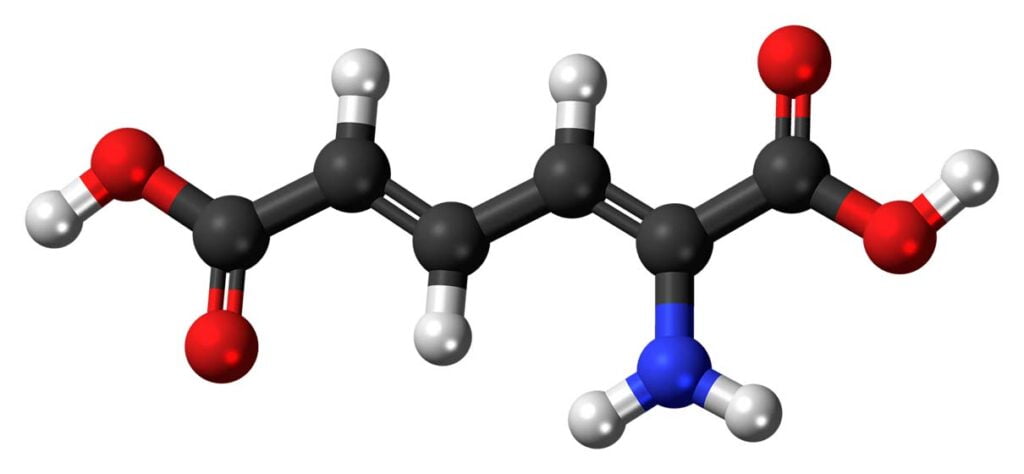
In the keto diet quick start guide we will explain each and every point of how the Ketogenic diet works and its relation to ketosis.
Basically our body has two main fuel sources. One is Carbohydrate and the other one is Fat. The body uses carbohydrate as its primary fuel source. Which is why when we eat more carbs which break down to glucose, we are likely to increase the sugar level in the blood. The increased sugar level increases the insulin level in our body. Insulin is a fat storing hormone which tells the body to store fat as its secondary fuel resource. The more the insulin level would increase the more fat would be stored. This makes the body obese and increases the weight.
Now, here comes the ketogenic diet which creates an opportunity to reduce the risk of increased insulin level and fat from the body by altering the fuel source. Earlier we have shared knowledge on Ketosis. Ketosis happens during the ketogenic diet or even when someone is fasting for a short period of time. The Ketogenic diet is a process where the Ketone bodies are produced instead of glucose to fuel the brain. Ketone bodies are easily taken up by the brain and other tissues. In plain words Ketogenic diet brings the body from the state of Glycolysis to Ketosis state where the body becomes a fat burning machine.
So the Ketogenic diet restricts more sugar consumption and stops the body to burn sugar as fuel and reduces the insulin level and forces the body to burn fat to generate energy which in turn reduces the body fat. It is a 24×7 continuous process which lets you burn body fat even while you’re sleeping.
Ketogenic Diet Macros Ratio
Ketogenic diet is a low carb, high fat and moderate protein diet. If you are on a Ketogenic diet then a standard consumption rate should be 5-10% Carbs, 10-20% protein and 70-75% Fat. The athletics or the person works our everyday or involved in extensive amount of physical activity he/she can consume an extra portion of protein. So depending upon the physical activities the protein and fat ratio can be adjusted however the carbs need to keep low.
Losing Weight With Ketogenic Diet
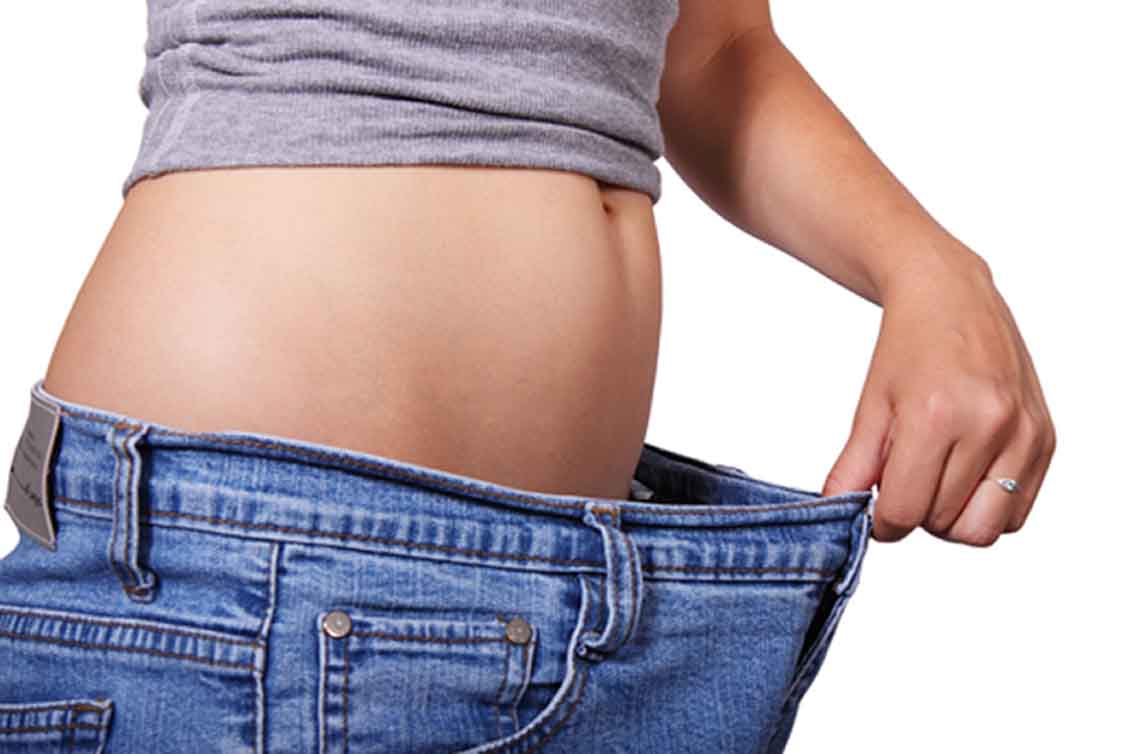
The Ketogenic Diet was never a weight loss diet. This article on keto diet quick start guide will explain to you how the diet became popular as a weight loss diet. Initially it was a routine diet for many diseases. Mainly for Diabetes. Later on due to its potential towards reducing the fat from the body it has gained popularity as weight loss diets. As per the few studies it is the most powerful weight loss diet.
The ketogenic diet has a simple formula. If you consume less carbohydrate then the keto diet creates an opportunity to reduce fat by burning it for energy. Those who don’t like counting calories but want to lose weight, for them the keto diet is a better option just by eliminating certain foods.
The Keto diet not only lets the body to burn fat from what we eat but also it lets the body to burn its stored fat to produce Ketone bodies. With the high consumption of protein and fat based food the craving for carbs and hunger goes away which has a great benefit towards weight loss.
With the smaller amount of sugar consumption this improves insulin sensitivity, metabolism and stimulates fat burning. In this way the Ketogenic diet helps in reducing weight. Further, adjusting to the calorie level may provide a faster weight loss benefit.
How Many Calorie on Keto Diet?
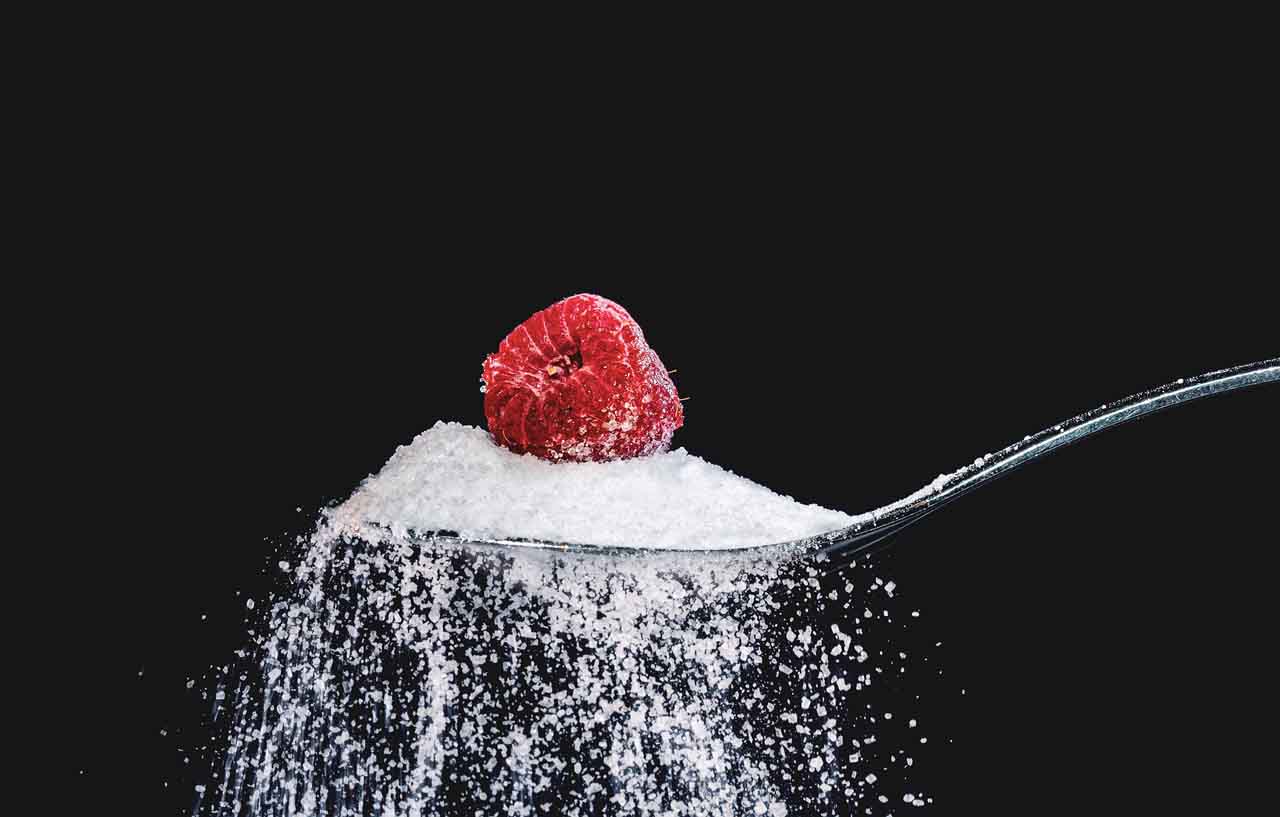
We all know that calories play a key role in increasing or decreasing body fat. It has a simple formula, Calories are the energy and if the calories are consumed but not fully utilized by the body then they get stored and become body fat. However a recent study has shown that, although calories play a part in deciding the body weight, not all calories increase body fat. So in the Keto diet this can happen that you consume calories but you are losing weight. Now the question is how?
We consume calories mainly from 3 sources. These are Carbohydrate, Protein and Fat. All the calories we consume from these 3 different sources are used for different functions. Not everything we consume is used either as energy or stored as fat.
Let’s understand, Carbohydrate, which has 4 calories per gram is entirely used as energy, if not then it gets stored as fat. There is no other functionality it has.
Protein also has 4 calories per gram. Protein is actually used by the body to produce Amino acids. Amino acids develop the building blocks of protein which are primarily responsible for creating bodily tissues, repair muscle, maintaining fluid balance, developing muscle mass and many more. These essential amino acids can only be produced from the protein. So the protein works differently than carbs while consumed. Reason why it is hard to understand how much protein is going to be used in these above mentioned functions or as energy or stored as fat later on. However, an extra amount of protein consumption may lead to consumption of a higher amount of calorie. And a higher amount of calories may lead to a higher amount of stored fat.
On the other hand Fat has 9 calories per gram. The body breaks down the fats into fatty acids which are then absorbed into blood. The fat is primarily used to protect our organs and keeps the body warm. Not only this, fat supports joint Health and cognitive functions. Apart from performing the above mentioned functions, the fatty acids are also used for cellular fuel sources, protein modification and in many other bodily functions. Rest of the fatty acids stores energy in the form of Triglycerides. Which later on increases the body weight.
Little confused? Right? Don’t worry.., we have promised you to make things easier for you in this Keto diet quick start guide article. From the above information we can understand that everything we consume always has some amount of calorie in it. Even if we are consuming less or no carbohydrate food during the Keto diet that also has calories which comes from other two sources that are protein and fat.
Our body does not know how many cells are going to be reproduced, how much the body requires to produce amino acids and fatty acids, how much the body needs to do the repair and maintenance work. Because this depends on the amount of physical activity we are going to perform, the amount of sleep we will have and the amount of stress in your mind you will have on the next day. So there is no point in counting calories while on a keto diet. The variation and the fluctuation in these activities lead to the usage of protein and fat. So a good sleep, stress free mind and higher amount of physical activities help to produce good hormones which lets the body to use its energy sources (Protein and Fat) in an effective way to produce Ketones during the Ketogenic diet. Which lead you to lose weight.
In simple words, it In is very easy to understand that even if carbs are low but if excess amount of protein and fat are consumed than the body’s actual requirement of running its repair and maintenance work then you are likely to store more energy and gain weight.
Furthermore, a study has shown that animal fats are low in calories whereas Keto snacks have a lot more calories in them. A study has also shown that people who have eaten their food at satisfactory level during the keto diet have lost a significant amount of weight than the people who have over eaten the food during the diet. So it is fair to say that even if you are not consuming carbs during the keto diet but due to the over consumption of protein and fat based foods the body weight may increase. However, adjusting to the portion size and nutritional choice can help create the calorie deficit and opportunity for weight loss.
Fat On Keto Diet
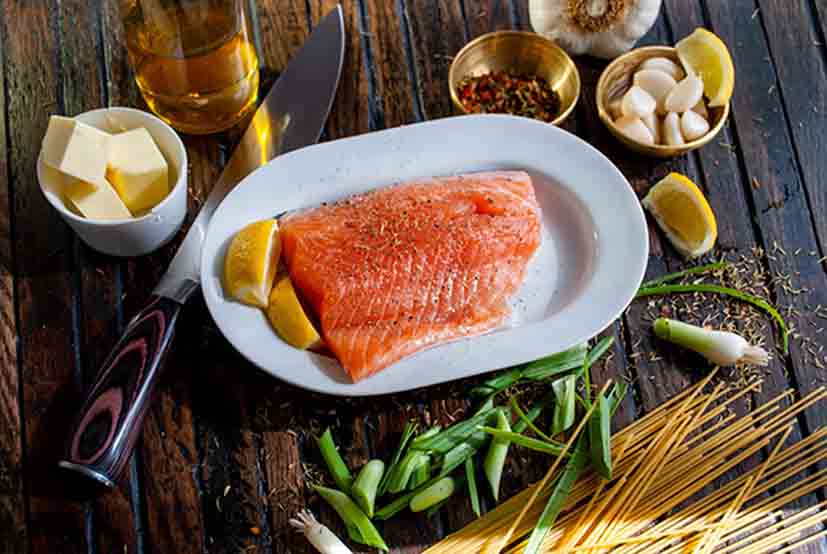
Ketogenic diet is all about fat consumption. During the keto diet it is suggested to consume 70-75% of your calorie from fat/fat based foods. But the question is how to get enough fat on ketogenic diet, which means what are the good sources of fat?
We mostly consume 2 types of fats. 1. Saturated fats – Due to increased amount of hydrogen bond saturation the Saturated fats are typically solid at room temperature. They don’t contain any double bonds and contain hydrogen atoms. Unsaturated fats – Due to decreased hydrogen bond saturation these fats are typically liquid at room temperature. These fats contain one or more double bonds and fewer hydrogen atoms. Earlier people used to consider saturated fat as the bad fat as this may cause heart disease. However, later on many studies have cleared this fact that this does not have any relation with Heart disease. Nutritionists and dietitians have considered the consumption of saturated fat during the Keto diet.
On the other hand Unsaturated fat has gotten a good reputation from its beginning. Unsaturated fat works as an anti-inflammatory and heart-healthy component for the body. There are mainly two types of Unsaturated fats these are Monounsaturated Fats & Polyunsaturated Fats.
Monounsaturated Fats – Monounsaturated Fats are the fats which contain one double bond. This fat is helpful towards improving heart health, lowering cholesterol level and insulin level.
Polyunsaturated Fats – Polyunsaturated Fats are the fats which contain two or more double bonds. They are good for inflammation and muscle movement, building cell membranes, blood clotting and many other body functions.
So, it is important to understand that we need both types of fats to strengthen our body functions and health. Few good fat sources that can help you during Ketogenic diet are Nuts, Flax seeds, Chia seeds, Hemp hearts, safflower oil, cold-pressed olive oil, unrefined coconut oil, Full-fat Greek yogurt, Cheese, Butter, Fatty fish such as salmon & tuna.
But there are a few fat sources which are not good for health during the Keto diet as they may increase the calorie intake and make you gain weight, also may increase the risk of heart disease risk. These are; Trans fats, Fried foods, Processed meats etc. are high in calories.
Protein For Ketogenic Diet
Your body requires protein while on Ketogenic diet. It sounds crazy but protein actually supports the Keto Diet. You may think that whether you should intake protein while on ketogenic diet or the excess amount of protein intake could throw you out of ketosis. Well, that’s exactly not the case. In this keto diet quick start guide article we are going to explain you how Protein can help while on Ketogenic diet, rather than worrying about it and then we are going to explain the protein based foods you can consume on Ketogenic diet.
Proteins are broken down into amino acids which are the building blocks of protein. Protein helps in Muscle repair and growth, Maintaining healthy skin, hair, nails, and bones and internal organs and helps to produce EAA (Essential amino acids) and insulin and growth hormone. These are required even while a person is on Keto diet because these works cannot be done by Ketone bodies. But what about Gluconeogenesis (GNG). A widely-circulated claim is that the excess amount of protein intake can cause Gluconeogenesis which may affect Ketosis. Many nutritionists and dietitians have disagreed on it. Even many studies have declined this thought.
The body requires glucose and glycogen to keep you healthy and keep the blood sugar at a healthy level. Gluconeogenesis is a natural pathway to produce glucose from Amino acids while there are no carbs. Gluconeogenesis does not harm ketosis nor does it work like carbohydrate metabolism. Which means when you consume Protein the GNG does not increase the blood sugar at the same rate which the carbohydrate metabolism does. During the Ketogenic diet the GNG restrains from lowering the blood sugar, it fuels tissues that can only survive on glucose, resupplies muscle glycogen for muscle recovery after workout during keto diet. Without Gluconeogenesis these bodily functions would not have been accomplished. The blood cells will die and the sugar level will decrease which will then restrict the body to go into a Ketosis State.
So the protein consumption does not stop the body from burning fat rather more protein helps the body to burn fat faster by supplying more fatty acids for Gluconeogenesis. However, an excess amount of protein consumption and lowering the fat consumption and lower level of physical activity can throw you out of ketosis.
How Much Protein Should I Eat On a Ketogenic Diet?
Keeping the protein at moderate should be the motto of Keto diet. So an average person or those who are not athletic or do not have a habit of working out every day they can consume protein anywhere around 50-70 grams per day during the keto diet. And those who are athletes or work out every day they need to consume anything around 110-118 grams per day on a keto diet.
These proteins must come from healthy sources like meat, seafood, fish and poultry if you are a non-vegetarian person. For vegetarians the best protein sources are greek yogurt, cheese, some nuts and seeds like almonds, peanuts, or pumpkin seeds.
Ketogenic Diet And Blood Pressure
Blood Pressure is a huge concern for people all over the world. One-third of Americans are suffering from it. One of the main reasons for high blood pressure is obesity. Blood sugar and obesity is a common reason of hypertension. So on keto diet the extra fats get burned and the sugar consumption gets reduced. This helps in losing the weight and improves the insulin level which in turn brings down the blood pressure to the normal level. Those who have high blood pressure and do not want to depend on medications for them, the Ketogenic Diet is a good way to keep their blood pressure under control.
Possible Risk Of Keto Diet On Blood Pressure
On the other hand people may experience low blood pressure during the transition period of the Keto diet. Also people who continued their medication for hypertension may experience low blood pressure. During the Ketogenic diet the Sugar level goes low and this may affect the blood pressure in an adverse way. So it is always better to consult with your nutritionist or doctor before entering into a ketogenic diet.
Keto Diet For Type 2 Diabetics
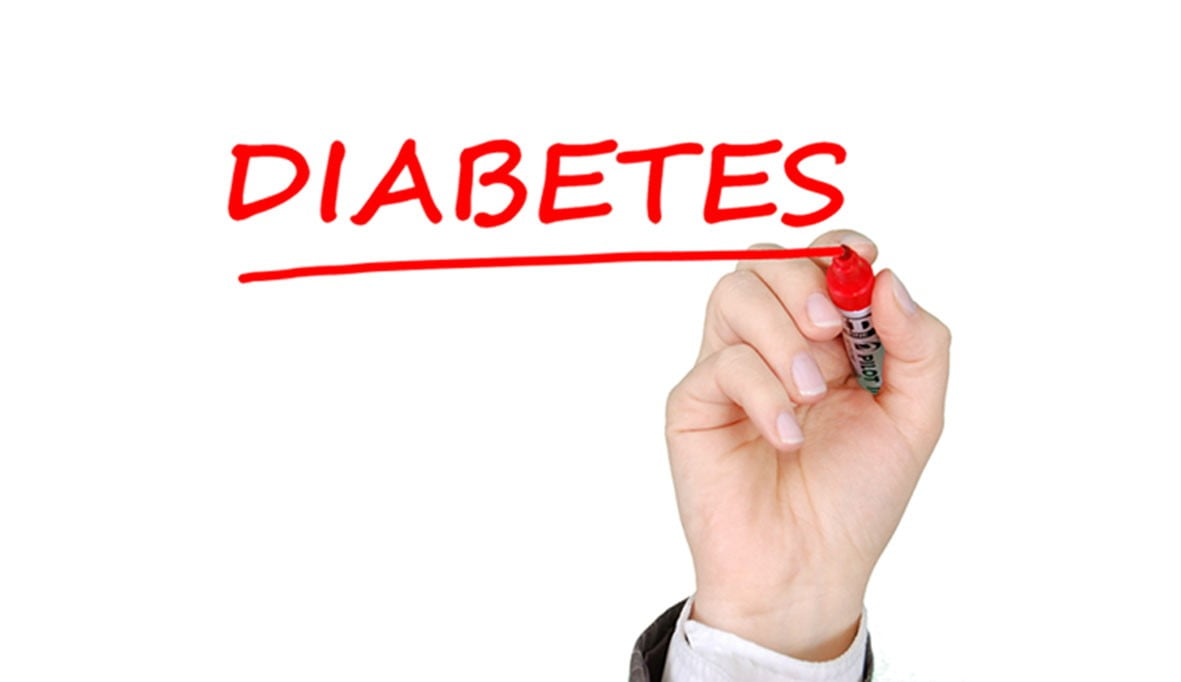
This keto diet quick start guide article explains the relation between diabetes and the keto diet. For this, first we need to understand what diabetes is. In simple words diabetes is a disorder in the sugar level of our blood cells. This happens if the body is insulin resistant. Normally, when we consume carbohydrates, the body breaks them down into small molecules, called glucose. When the glucose level goes up, the pancreas starts producing insulin. Insulin allows the Glucose or the Blood sugar to enter into the cells. This is how our body balances its sugar level. But, for those who have high blood sugar the process works in a different way.
People with type 2 diabetes tend to have insulin resistance. Which means with the consumption of Carbs the sugar level goes up and the beta cells starts producing insulin but the body’s cells don’t respond to the insulin which makes the pancreas to produce more insulin to bring down the sugar to normal level. Following this process in the long term, the beta cells become ineffective towards producing insulin anymore. This makes the body ineffective towards processing carbohydrates.
Since the Ketogenic diet is a low carb diet this allows the person on a diet to cut down carbs from their meal. This lowers down the consumption of sugar which in turn allows the body to produce fewer amounts of insulin. This helps people with type 2 diabetic condition. Many studies have shown that the Keto diet has provided a positive result for people with type 2 diabetes. The diet results in bringing down the sugar level into a normal level by cutting down the carbs consumption and reducing the weight.
Keto Diet 7 Days Meal Plan For Weight Loss
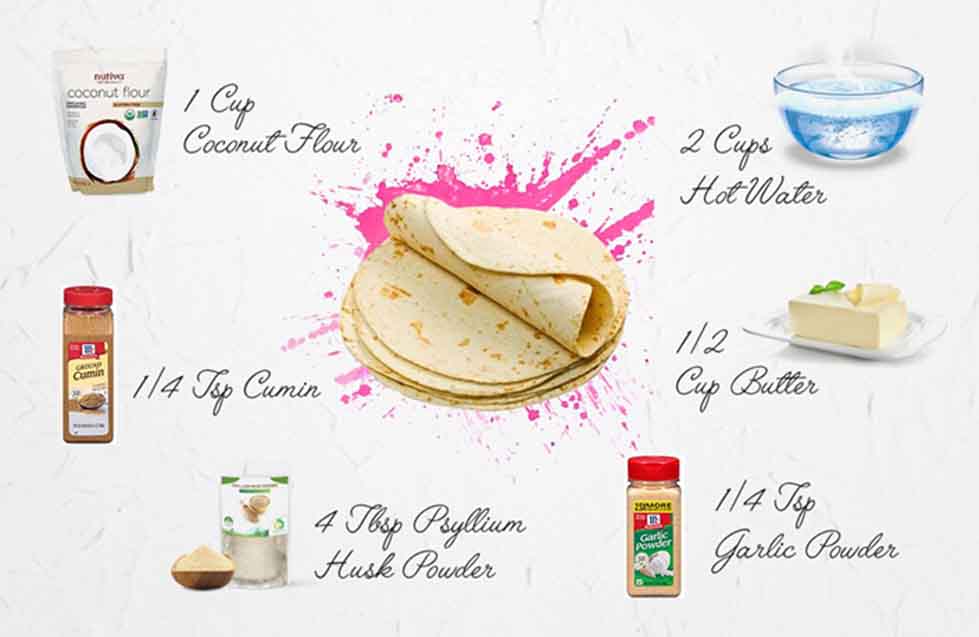
To answer your question on what to eat on breakfast while on ketogenic diet or the lunch ideas for keto diet and the ketogenic diet dinner plan we have developed a chart of 7 days meal plan during keto diet:
Day 1:
Breakfast: Eggs scrambled with sautéed onions and cheddar cheese
Lunch: Spinach salad with grilled salmon
Dinner: Pork chops with vegetables
Day 2:
Breakfast: Bulletproof coffee, hard-boiled eggs
Lunch: Tuna-Celery Salad with Mixed Greens and 3 cherry tomatoes
Dinner: Bone-in pork chop with Cauliflower-Cheddar Mash
Day 3:
Breakfast: Bell pepper stuffed with cheese and eggs
Lunch: Keto Chicken Enchiladas
Dinner: Beef Sauteed with Vegetables over Romaine
Day 4:
Breakfast: Cheese and Spinach Omelet Topped with Avocado and Salsa
Lunch: Steak bowl with cauliflower rice, cheese, herbs, avocado, and salsa
Dinner: Bison steak with cheesy broccoli
Day 5:
Breakfast: 2 large eggs, ¼ cup shredded cheddar, and 4 Tbsp. Salsa Cruda
Lunch: Heirloom Tomato, Avocado and Goat Cheese Plate with grilled chicken
Dinner: Pork chops with vegetables
Day 6:
Breakfast: Mesclun Egg Salad
Lunch: Bunless salmon burgers topped with pesto
Dinner: Grilled beef kebabs with peppers and sautéed broccolini
Day 7:
Breakfast: Pumpkin Flax Pancakes
Lunch: Cobb salad made with greens, hard-boiled eggs, avocado, cheese, and turkey
Dinner: Pan-Roasted Broccoli with Tahini Dressing with grilled chicken thighs
Food To Avoid On Ketogenic Diet

The first and foremost rule of the Ketogenic diet is to cut down the portion of carbs from your meal. This means restriction on consumption of Sugary foods and high sugar fruits, starchy and fried foods and unnecessary consumption of high amounts of calories based foods. Here is a list of foods that you need to avoid while on a keto diet:
- Grains
- Starchy vegetables (Sweet potatoes, Peas, Corn etc.)
- Low fat diet food
- High-sugary fruits
- Sweetened yogurt
- Milk
- Honey, syrup or sugar in any form
- Sweet (Beverages) & Alcoholic Drinks
- Fruit juice
- Chips and crackers
- Beer or mixed drinks
- Honey-baked ham
- Chocolate
Side Effects Of The Keto Diet
There are some adverse effects of the Keto diet. There are mainly two types of side effects and Short term side effects. Short term effects don’t stay for long. This commonly happens during the transition period. NCBI has reported some short-term side effects up to 2 years of the Keto diet review research. The Short term side effects are: Nausea, headache, vomiting, poor sleep, fatigue, dizziness, insomnia, and tiredness are commonly known as Ketogenic flu. Bad smell in breath, Constipation due to digestion problem, Muscle cramp, Dehydration. Long Term side effects include Kidney stone, Increase in heart rate, Hepatic steatosis (fatty liver), Lack of vitamin and mineral, Lack of protein in the blood.
Pros And Cons Of A Keto Diet
Pros/Advantages of Ketogenic Diet
- Supports weight loss
- Normalizes the Sugar level and improves insulin level
- Helps to treat epilepsy and cancer
- Reduces craving for carbohydrates and feels less hungry
- Improves blood pressure
- Forget about counting calorie
- Reduces abdominal fat
- Improves performance
Cons/Disadvantages of Ketogenic Diet
- Can cause Keto flu
- Short term weight gain
- May not be healthy for pregnant women and low blood sugar patients
- Nutrition deficiency
- Heart disease and constipation
Conclusion:
This keto diet quick start guide articl shows you the effectiveness of a ketogenic diet towards weight loss, diabetes and many other diseases. It has also been explained that keeping carbohydrate consumption low is the main purpose of this diet. However, a Ketogenic diet has some adverse effects too which we have discussed earloer. Hence, it is always suggested to discuss with your doctor or nutritionist/dietitian before entering into a Ketogenic diet. You should keep on monitoring your blood pressure and sugar level while on a Keto diet. Patients with hypertension and low blood sugar should consult with their doctor before entering into this diet.
For more information on health and wellness please visit our Blogposts.

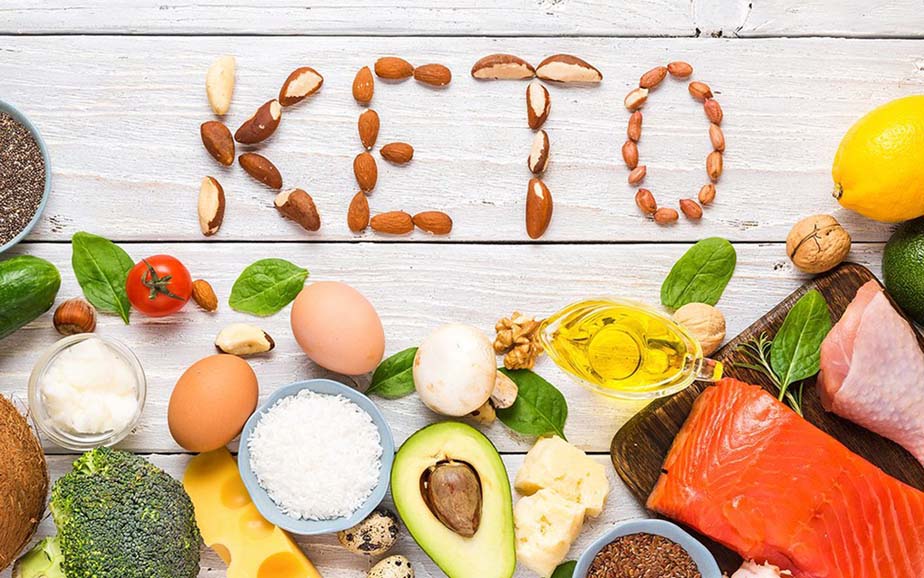
Pingback: Macros For Intermittent Fasting